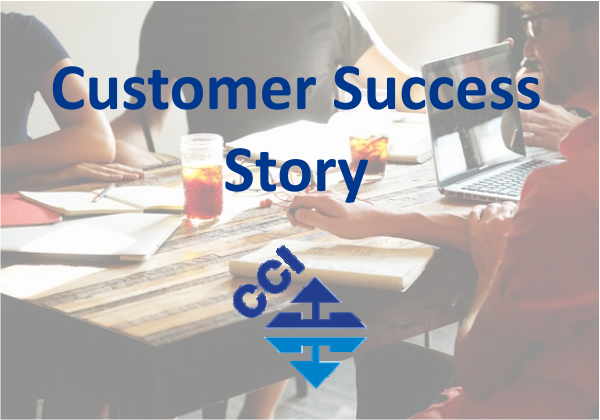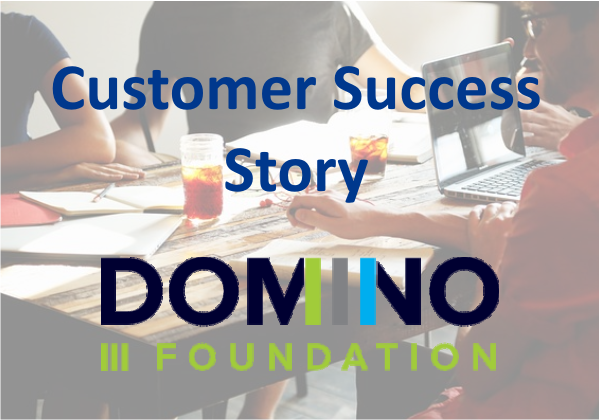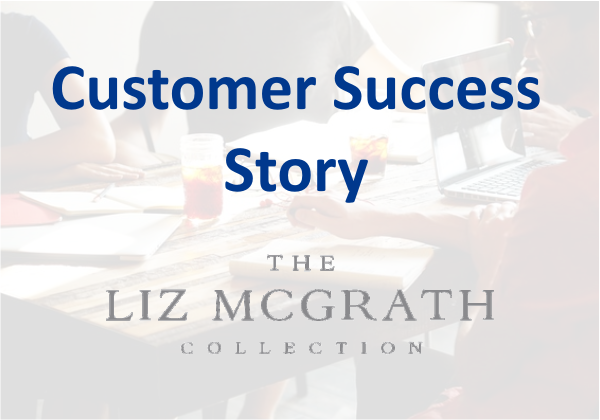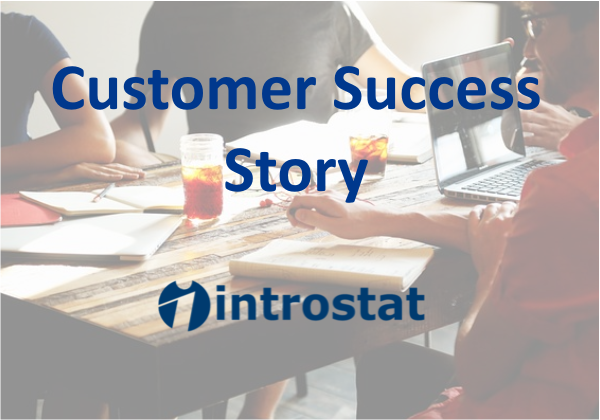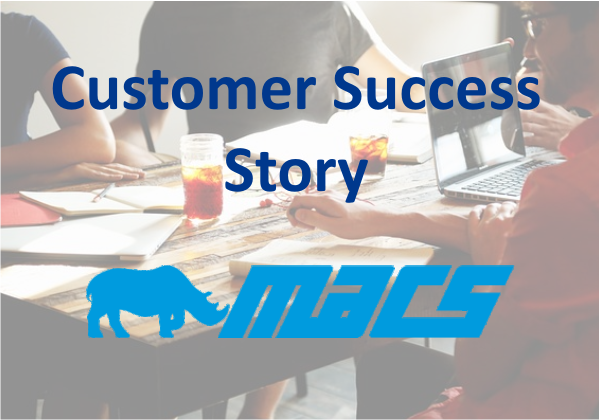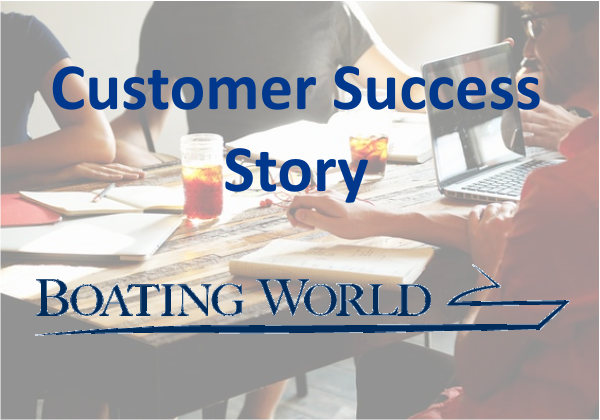Customer Lifetime Value explained

Customer Lifetime Value (CLV) represents a customer’s value to a company over a period of time. CLV is one of the most important metrics to measure at any growing company. Your customer acquisition costs may be equal to or more than you make from a first purchase, but are you still generating revenue from that customer in the future? Figuring out the lifetime value of a customer to your company will give you the answer.
You can tell if your company is succeeding by looking at operating metrics like sales and profit margins or comparing these stats to your organisation’s historical numbers. But what metrics can you use to determine your company’s success in the long term? One of the most useful calculations is the company’s CLV, which represents the total amount of money that a particular customer is likely to spend over his or her lifetime.
CLV can also act as a benchmark for future growth and expansion. It’s also an excellent way to help determine the worth of your business in the event that you wish to borrow money, seek outside funding, or sell your company. CLV demonstrates the significance of repeat business and can help you shift your priorities accordingly. While acquiring a new customer is great, getting current customers to purchase more from your business is often more important. Existing customers require lower expenditure and usually produce higher customer satisfaction ratings because of their loyalty to your brand.
This is something that customer support and sales teams have direct influence over during the customer’s journey. Customer support agents and customer sales managers play key roles in solving problems and offering recommendations that influence customers to stay loyal to a company. Providing great service to your customers results in happy customers and potential brand ambassadors.
CLV tells companies how much revenue they can expect one customer to generate over the course of the business relationship. The longer a customer continues to purchase from a company, the greater their lifetime value becomes. Therefore, it’s imperative for every business owner to evaluate customer lifetime value as a key component of their small business strategy.




